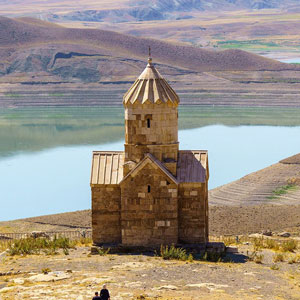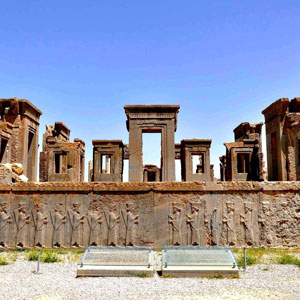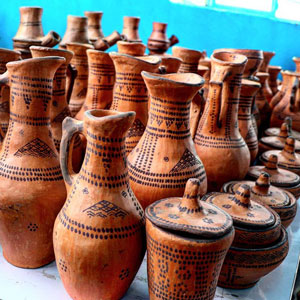 Signin with Google
Signin with Google Signin with Facebook
Signin with Facebook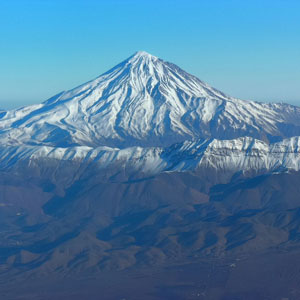 Nature
NatureYuz, The Wild Treasure of Iran
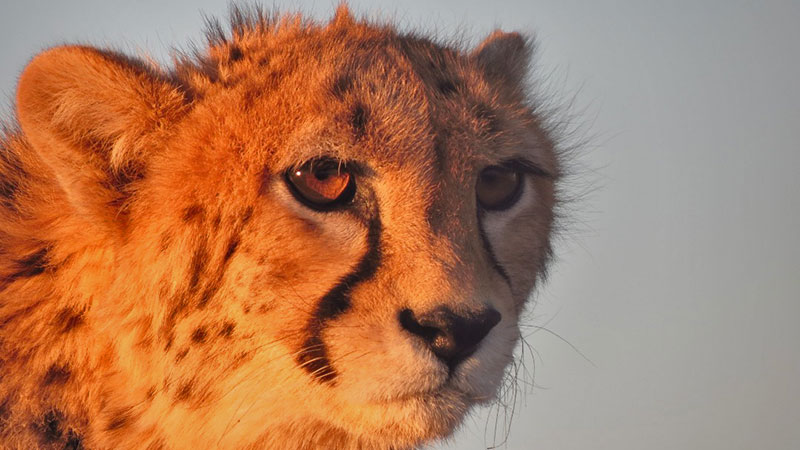
Unlike their African counterparts navigating tourist traffic-jams on Kenyan grasslands and pose spectacularly in front of their cameras, Iran's Cheetahs are virtually invisible. Intensely shy, scattered like grains of sand over Iran's vast central plateau, and hovering on the edge of extinction. They are essentially impossible to see.
It is the beginning of The National Geographic article published with the title of "Finding the Last Cheetahs of Iran".
Our story from the wild Iranian treasure takes part at the mountain feet, overlooking the desert, where the Asiatic Cheetah camouflages with the ground. It is a historical landscape of a fast-paced Iranian cat, the Yuz.
Recognize the rarest of Cheetahs
The moles on the Cheetah's body are round and hallow. A thick tuft of fur on its shoulders make it impassable for bitter winters on the high steppes of central Iran and sets him apart from African cheetahs.
Cheetah has four subspecies: southeast, northeast, and northwest African Cheetah, and one inimitable Cheetah, who is Asiatic Cheetah. The difference between African and Asiatic Cheetah is that the Asiatic one is smaller and paler. Among the Asian population of Asiatic Cheetah, only a handful of these gorgeous cats remain alive in the Iranian plateau's unmarked plains.
Asiatic Cheetah is called Yuzpalang in Iran. Yuz in Persian means "to jump," and Palang means panther. Yuzpalang is a kind of Cheetah that traces the prey and jumps to catch it.
The heart-stopping growl in the open plain
This vertebrate carnivore mammal is considered a social animal. Males are usually brothers, forming small groups and hunting or mating together. Mothers, however, have a different approach. They bear 3 to 5 cubes and stay with them until they reach 18 months. It is worth mentioning that these captivating animals have a range of noises. Depending on the occasion, they may purr, growl, or make a bird-like cheep.
The fastest predator cat on earth
Cheetah hunting is also different from other members of the cat family. This predatory animal first sits on a high point and monitors its territory to find the prey. The meal is usually a ram or a deer. The Cheetah approaches the animal patiently and calmly, then sits at a distance of 20 to 100 meters from the prey. Without being noticed, the Yuz remains motionless until the right moment arrives. The black tear tracks around its nose prevent the sun from infiltrating and blinding it while hunting. When the time comes, like an arrow released from a bow, it flies quickly to the prey and hunts it down during a mind-boggling operation. The Cheetah is the fastest land animal on earth that can run between 109.4 and 120.7 kilometres per hour for a short period, a speed higher than Corvette Twin Turbo or Ferrari Enzo. So this big cat can reach up to 100 kilometres per hour in five seconds.
Ornament of poems and miniature art
From the poems of Ferdowsi to Indian and Persian miniatures, the Yuz is present in the Asian art and literature. Once housed in the court of the Indian, Arab, Turkmen, and Persian kings, Yuz is now a rare treasure of no more than 40 and is on the verge of extinction in whole Asia that can be found only in the Iranian plateau.
There are fewer than 100 Asiatic cheetahs left on earth
This Spotted wild cat is now found only in the desert and foothills of some central provinces of Iran. Since 2001 a comprehensive long-term program initiated to pull the Cheetah back from the extinction cliff. The "Conservation of the Asiatic Cheetah Project" (CACP) designated five protected cheetah reserves and provided the resources for this aim. The CACP also initiated the first scientific surveys of cheetahs in Iran.
Habitat destruction and overgrazing of livestock in cheetah habitats have made it endangered. Traits such as their genetic weakness, the strictness of the female to select the male for mating, has made efforts vital and at the same time troublesome to prevent its extinction. They can also hardly adapt themselves to the changing environment.
More than two decades of conservation work
The Yuz is on the IUCN red list from 1996 until now, considered a critically endangered animal. That is why many efforts have been made to raise awareness about it. Since 2001, the United Nations and the Environmental Protection Agency in Iran have begun many studies and conservation measures. Also, to raise awareness in this regard, in the 2014 FIFA World Cup in Brazil, the Iranian Cheetah was imprinted on Iranian national football teams' kits. Efforts have also been made to raise awareness about the animal in students' textbooks.
Efforts by environmentalists have helped to prevent the extinction of this extraordinary animal. Installation of trackers and fines for hunting animals have been among them. August 31st is celebrated as the National Cheetah Day in Iran, to draw attention to the Cheetah's situation and let the Iranians know they are the custodians of the last Asiatic cheetahs on earth.
The most celebrated of Iran's cheetahs
Kooshki (male) and Delbar(female) grew up in reserve, are the only Asiatic Cheetahs living in captivity. Kooshki was a five-year-old cub that was rescued from the hands of a poacher. And Delbar was brought to a reserve in Tehran from Turan Wildlife Refuge, known as Iran's Little Africa, in Semnan province in 2015 in the hope to achieve success in the Reproduction in Captivity Project. Unfortunately, the efforts got to no avail, and in 2020 they returned to Turan again, and all conservationists keep hoping that the fastidious Delbar accept Kooshki as her mate.
Iran heartens the world to the survival of the Iranian Cheetah
Iran is a three-year-old female yuz who was transferred to Turan wildlife refuge from the Pardisan reserve in Tehran in April 2020. Firuz is the name of a male yuz who has lived in the national park of Turan and was brought to the reserve for the reproduction in captivity project. in January 2022, happily, Iran and Firuz succeeded in copulation. This is the first time in the world that two Asian cheetahs have been produced in captivity.
By Shamim Sherafat / TasteIran

